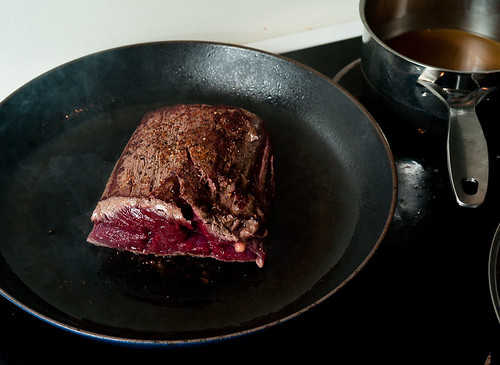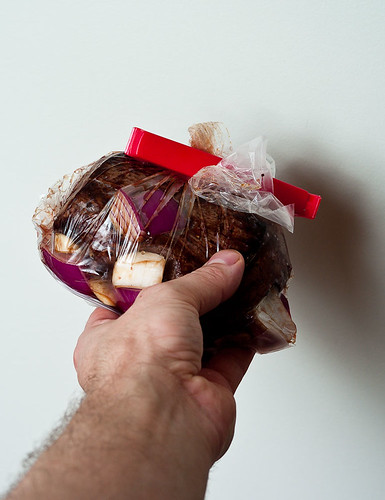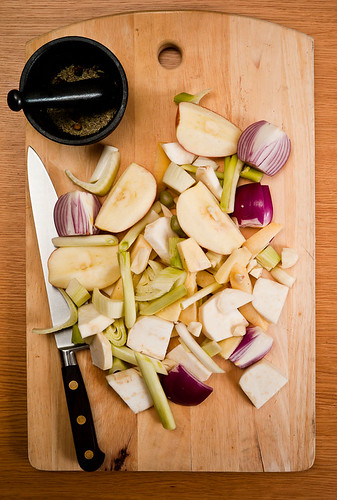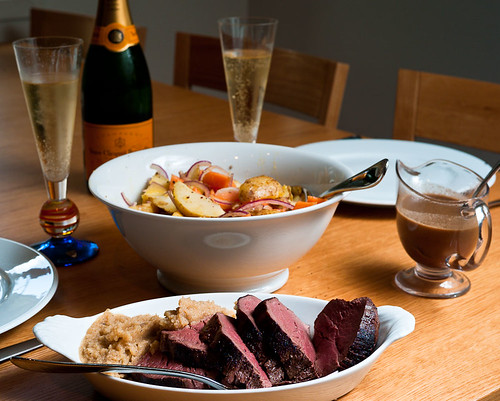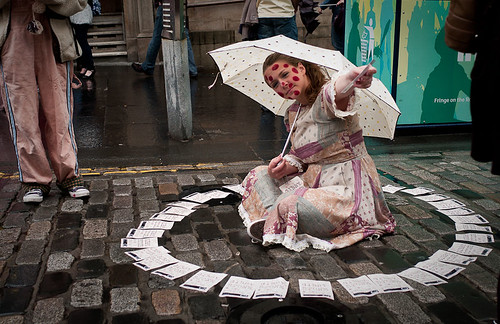
The Edinburgh Festival
In the spring, while trying to decide how to best prepare for my dissertation and the associated, short-prep-time trial-lecture, I had the great luck of being hunted down by one of the up and coming names in the functional genomics of hypertension. After my talk at the ESH meeting in Oslo, when I was heading directly to the air-port, Martin McBride ran me down to suggest that we should compare our data-sets. The result was that two weeks before my dissertation, just as the title of my trial-lecture had been announced, I went to Scotland for four days to work on something completely different.
Our data-set is from the mRNA expression profiling of old rats with hypertension and slow developing kidney damage, while his is from salt-challenged stroke prone spontaneously hypertensive rats that develop kidney damage very quickly. By combining these datasets we hoped to learn something about the common pathways for kidney damage in our different models.
With Martins, and the Glasgow group's great experience with these kind of things we managed to get our data into comparable formats in just under four days. The next step was actually comparing the changed genes. To do this we basically want to check which genes popped up in both of our sets, an onerous task but one greatly simplified by the use of Venn-diagrams (John Venn FRS, Symbolic Logic, 1881).
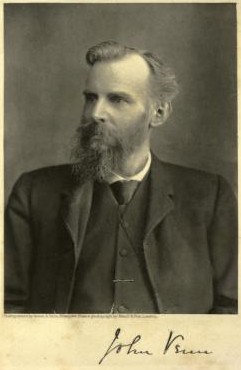
John Venn FRS
Basically you represent each data-set as an area, for example a circle, and by intersecting these you can illustrate the set of common items. We started with a simple online-tool that can make 2 to 4-way Venn diagrams. But soon progressed to running the comparisons in R with a little help from Glasgow statistician John McClure.
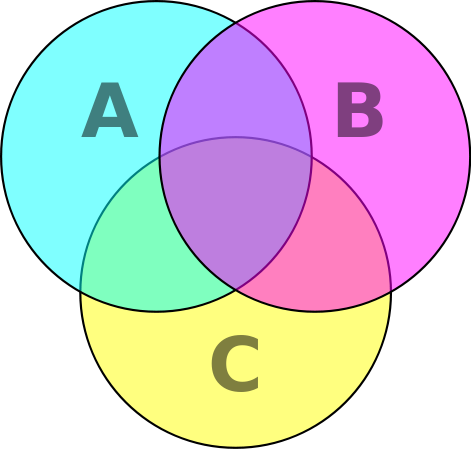
Venn-diagram
If you want more Venn-diagrams to look at you should visit Jessica Hagy at Indexed. Although, she has made a complete hash out of what makes baby Jesus cry.
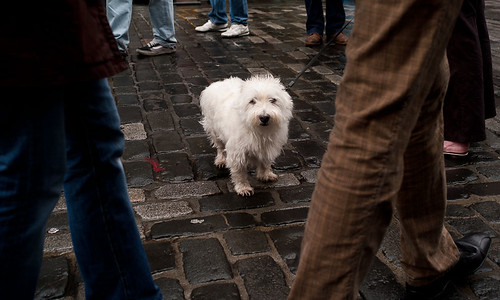
Dog at The Festival
It was my first time in Scotland, so I made sure to try the black-pudding (innocuous), the haggis (spicy) and a number of local beer (nice). The most amazing timing was that I managed to be there during The Festival. It's a festival like many others, Edinburgh is completely full of tourists and local festival goers. The Scottish present it as The Festival, the one, the original, the only true festival of which all others are pale comparisons. In many ways they are right. It doesn't have the arranged feeling of many other festivals. The main happening is the Fringe, which is the thousands of performers that aren't part of the festival proper, but show up anyway.
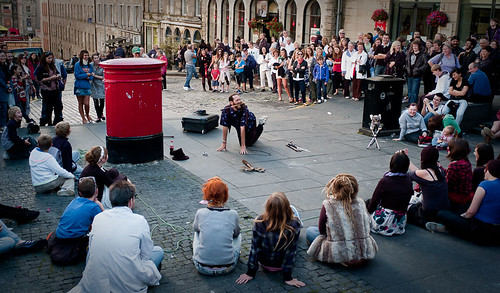
The Fringe
Everyone should go, but since it is a popular thing, you need to book your hotel about a year in advance. If I only knew my schedule for next August, I would have booked mine already.


